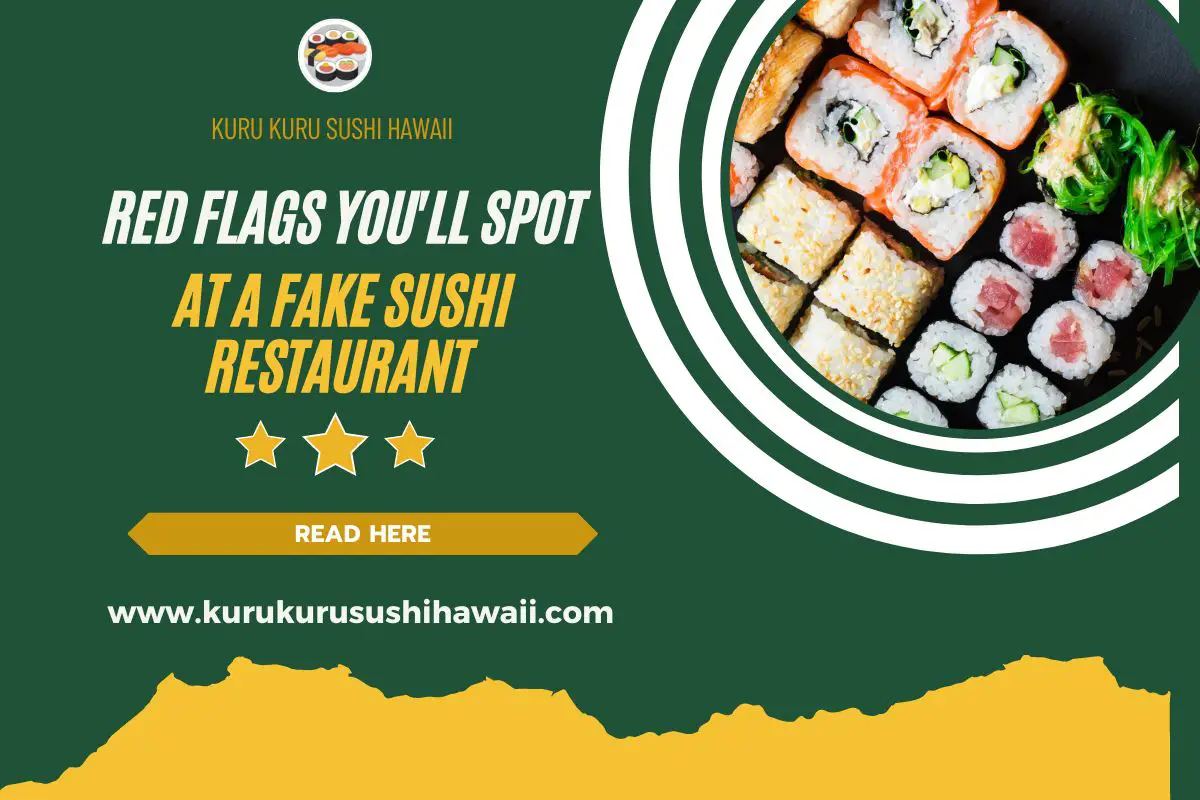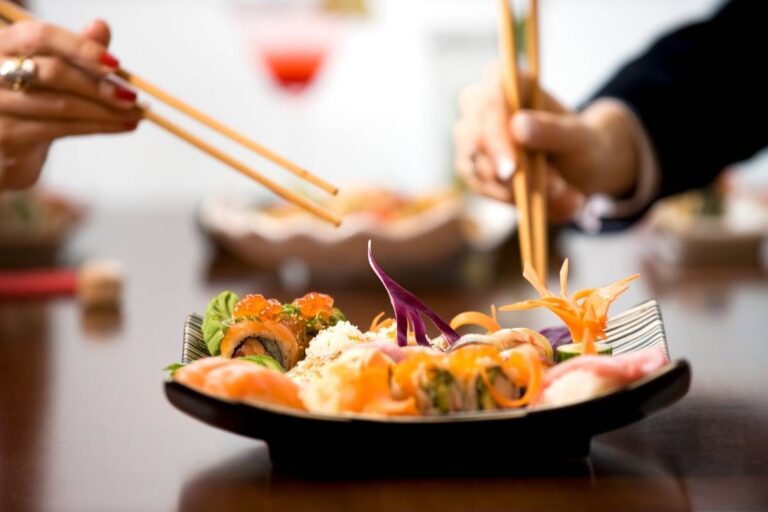Sushi is perhaps Japan's most famous dish. Examining sushi's popularity, one can safely say that a lot of countries from around the world have adopted sushi. They have tried to make the perfect dish by mastering its authenticity. However, not all restaurants make sushi the right way. They must stick to the original recipe or use the right fish and rice.
The history of sushi is incredible, and making or eating fake sushi is derogatory. A layperson or someone new to sushi may need to learn what makes sushi authentic, and restaurants often fool them. Don't let this happen to you. Here are 18 ways to differentiate between a fake and an authentic sushi restaurant.
1. Less Variety
Many restaurants have only limited variety. However, this is not a straight sign of the restaurant being a fake. But it shows that they do not have a nuanced sense of cooking and probably will not serve you the best.
2. Too Dark Tuna
Once the tuna gets exposed to air after being cut, it acquires a very bright appearance. But if your tuna, after some time, turns black and oxidizes, you should look for an alternative sushi Honolulu restaurant.
3. Uses Leftover Food
Leftover fish is often incorporated in pickled items. If you find more than one kind of fish there, read it as a red flag.
4. The Place Has an Odor
A sushi restaurant that smells like fish is unclean, and you should avoid that place at every cost. If they do not make efforts to keep the seating area clean, you can only imagine the kitchen.
5. Too Many Rolls on the Menu
If you understand sushi, you don't want to fill yourself with cream cheese rolls or caviar rolls. Sushi places that have too many rolls on the menu are only trying to expand their catalog with items other than sushi. They need to know what they are doing.
6. Heavy Sauces
Unlike American food, sushi does not have heavy sauces, and any restaurant topping your food with a lot of mayo and other such rich sauces is not the best place to eat sushi.
7. Too Much of Other Ingredients
Sushi is all about rice and fish. Any restaurant that highlights items other than that is not the right place. The idea is to enhance the taste of the main ingredients.
8. Too Filling
Sushi isn't meant to substitute for your meal. It is supposed to be eaten for its texture and taste. Many restaurants try to make sushi filling to give people the illusion of their money's worth. If you want to try original sushi, do not eat such items as they differ from their authentic taste, texture, and balance.
9. Rice too Tight
Packing rice is the main challenge when it comes to sushi. If you think the rice is too tight at a particular restaurant, know that the chef has no idea what he's doing.
10. Rice Too Cold
Too cold rice can make the sushi chewy and ruin all the fun.
11. Seaweed Soggy
Handling seaweed in the kitchen can be pretty challenging, and thus we opt for the . Seaweeds should be crispy and if it is otherwise, change the restaurant.
12. No Sushi Knives
If the chef uses a regular knife to prepare sushi, he probably needs to get it right. Sushi needs to be cut very thin; thus, a sushi knife is the best option.
13. The Waiter Doesn't Know the Menu Well
One of the best ways to test the authenticity of any sushi restaurant is to interact with the waiter. Chefs and servers should know all about sushi in a Japanese restaurant. If you think the waiter is clueless, it is a red flag.
14. Display Case Not Clean
A sloppy display case says a lot about the hygiene of the restaurant. It is always better to avoid unclean restaurants.
15. Crab Sticks
Crab sticks are not sushi. A lot of restaurants display crab sticks only to attract attention and put up the appearance of a sushi restaurant.
16. Fish is Wet
When you find the fish wet, you should complain to the chef. Moisture can lead to bacteria build-up; thus, it is a big no-no.
17. Pre Cooked Shrimp
Ensure that the shrimp they offer is not precooked a few days earlier. Pickled or boiled shrimp is the best option.
18. Wrong Temperature
A sushi case should not be warm. The ideal temperature is 35 degrees. Restaurants that warm the cases are doing it wrong.
Choosing the right restaurant when having sushi is very important. Since most of us cannot visit Japan for an authentic sushi meal, therefore, keep in mind all the above-mentioned red flags the next time you go out for sushi.
0








